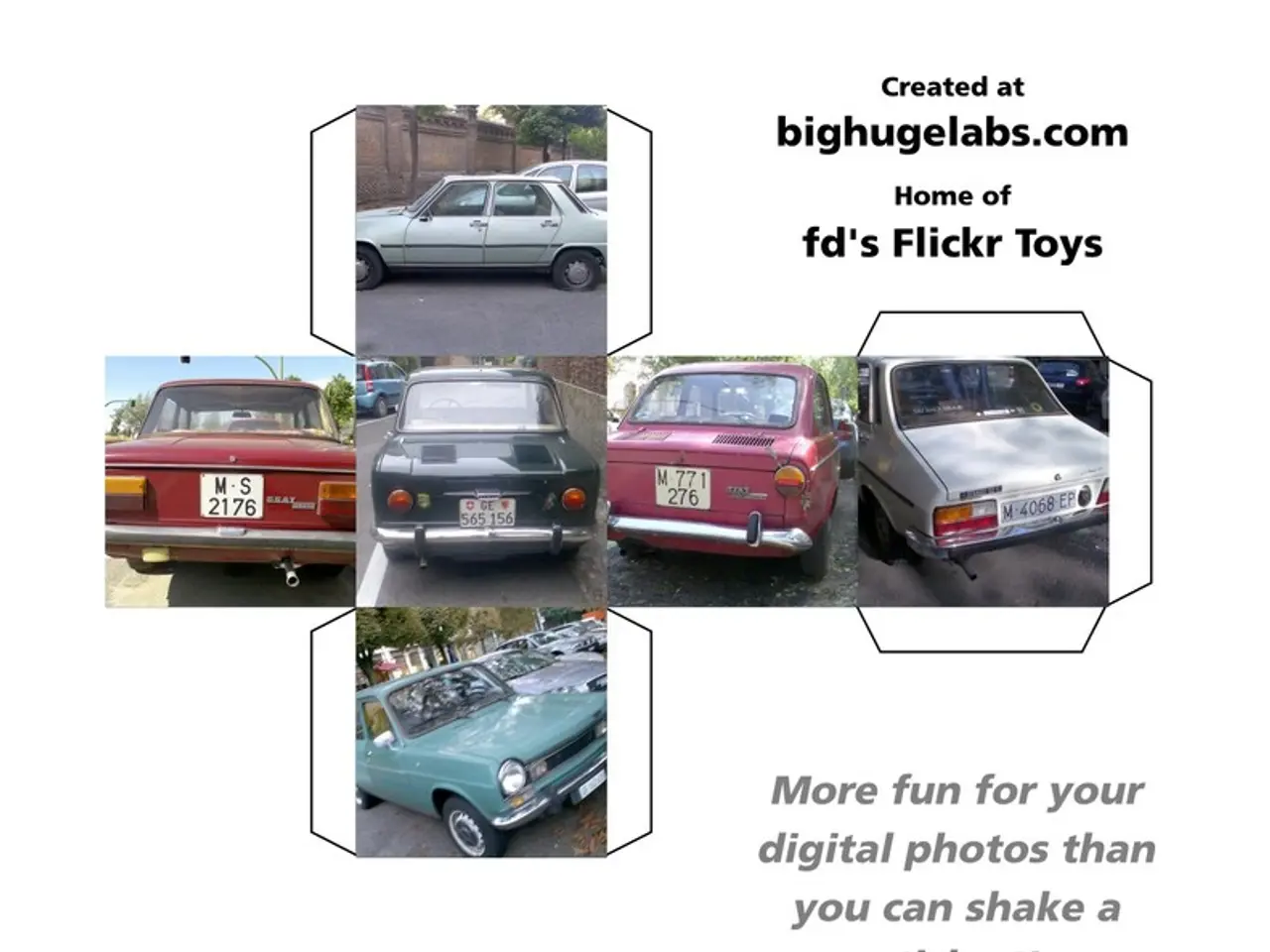Slower Electrical Vehicle Adoption in India Compared to U.S., EU, and China, Finds NITI Aayog Report
India Unveils Ambitious EV Transition Plan to Achieve 30% Sales Target by 2030
India has unveiled a comprehensive plan to accelerate the adoption of electric vehicles (EVs) and achieve a 30% sales target by 2030. The plan, outlined in a report titled "Electric Vehicles in India: Unlocking a USD 200 Billion Opportunity," aims to transform the country's vehicular landscape, reduce dependence on imported fuel, and combat climate change.
The plan includes several key policy shifts and regulatory reforms, prioritizing commercial transport electrification, infrastructure development, regulatory clarity, and progressive subsidy rationalization.
One of the significant shifts in focus is from electric cars to commercial electric vehicles, especially heavy-duty trucks. The Rs. 500-crore PM E-DRIVE programme supports 5,600 electric trucks with incentives like ₹5,000 per kWh or up to 10% of the ex-factory price.
The report also recommends extending and revising state-level EV policies to promote phased bans on petrol, diesel, and CNG two-wheelers, with Delhi proposing a complete ban on these vehicles from mid-2026 and a shift to electric auto-rickshaws by 2025. Subsidies for e-bikes, e-rickshaws, and electric two-wheelers continue but are being recalibrated.
To address the critical "charging gaps" and boost consumer confidence, the plan allocates ₹2,000 crore to set up fast-charging stations for four-wheelers, buses, and two- and three-wheelers. A nationwide unified EV charging app has also been proposed for ease of access and payment.
The report calls for a transition from incentives to mandates for zero-emission vehicle (ZEV) adoption, reflecting a maturing market. This includes regulatory support, environmental mandates, and more stringent fossil fuel vehicle restrictions.
To streamline charging infrastructure rollouts, the report recommends setting up a nodal agency in each state. The report also suggests the establishment of a pooled fund with multilateral support to reduce capital cost barriers for electric buses and electric trucks.
NITI Aayog has recommended a national EV transition policy with clear timelines and has suggested operationalizing a blended finance fund for affordable EV loans. The report notes that India's vehicular landscape is dominated by two-wheelers and small fleet owners.
The plan proposes the electrification of urban fleets of buses, para-transit, and freight vehicles in five cities to create a demonstrable impact. India has made progress with electric two-wheelers and three-wheelers, but has been slow in the adoption of electric cars and long-haul electric trucks.
While India fares reasonably well in charger availability, utilisation remains low due to poor location planning, land access issues, and lack of consumer awareness. An inter-ministerial task force has been proposed to resolve regulatory bottlenecks.
India has taken nearly 10 years to reach a penetration level of 7.6%, and now needs to increase this share by over 22% in the next five years alone. The country is far behind its target of 30% EV sales by 2030, with only about 7.6% of sales in 2024 being electric. However, the report remains optimistic, stating that with the right policies and infrastructure in place, India can unlock a USD 200 billion opportunity in the EV market by 2030.
- The ambitious EV transition plan in India aims to tap into a potential USD 200 billion opportunity in the electric vehicle (EV) industry.
- The plan includes prioritizing commercial transport electrification, especially heavy-duty trucks, through programs like PM E-DRIVE.
- Extending and revising state-level EV policies will promote phased bans on petrol, diesel, and CNG vehicles, with a focus on electric auto-rickshaws and two-wheelers.
- To boost consumer confidence inEVs, the plan allocates funds for the setup of fast-charging stations and a nationwide unified EV charging app.
- The report suggests transitioning from incentives to mandates for zero-emission vehicle (ZEV) adoption, reflecting a maturing market with stricter fossil fuel vehicle restrictions.
- To streamline charging infrastructure rollouts, a nodal agency will be established in each state, and a pooled fund will be created with multilateral support to reduce capital cost barriers for electric buses and trucks.
- The plan proposes electrifying urban fleets of buses, para-transit, and freight vehicles in five cities to create a demonstrable impact in the transport sector, an area where India has been slow in adopting electric vehicles.






